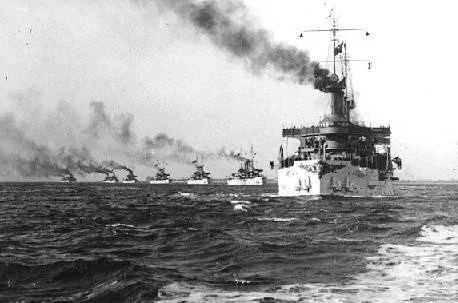When the U.S. Coast Guard’s unique capabilities, authorities, and less threatening white hulls are considered in totality, novel solutions that mesh with the service’s strengths emerge. Cooperation on mutually beneficial Coast Guard missions serves as an opportunity to develop confidence-building measures and knit a resilient architecture that will inoculate two superpowers from conflict.
Hail to the Deep: A Strategy for Submarines
Sea Power: A Personal Theory of the Power of Opportunity
Air and land power leave monuments to teach us of their authority: from the House of Commons’ bomb-scorched archway to the nation-wide wreckage of the Syrian Civil War. Sea power’s traces are washed away by its namesake — no rubble marking the battle of USS Monitor vs. CSS Virginia nor shattered remains of the convoys from the Battle of the Atlantic. The power with which the sea consumes is the same power with which sea power is imbued. Sea power’s force, persistence, and fluidity –the vast opportunities afforded by the sea — create three properties: the gravitational, phantasmal, and kinetic manifestations of its power.
Sea Power Matters: A Personal Theory of Power Bringing Balance to the Force
It shouldn’t surprise any of us that combat at sea is the focus of the United States Navy. It seems perfectly rational. This focus, codified in law and embraced by recent tradition, results in a view of sea power that skews toward the wartime, both the operational and tactical. Over the past century this has resulted in a slow migration away from the true meaning of the word. “Sea power” has lost the broad political, diplomatic, and economic meaning and the importance that it once had, shifting away from its true and proper place in strategic affairs.





